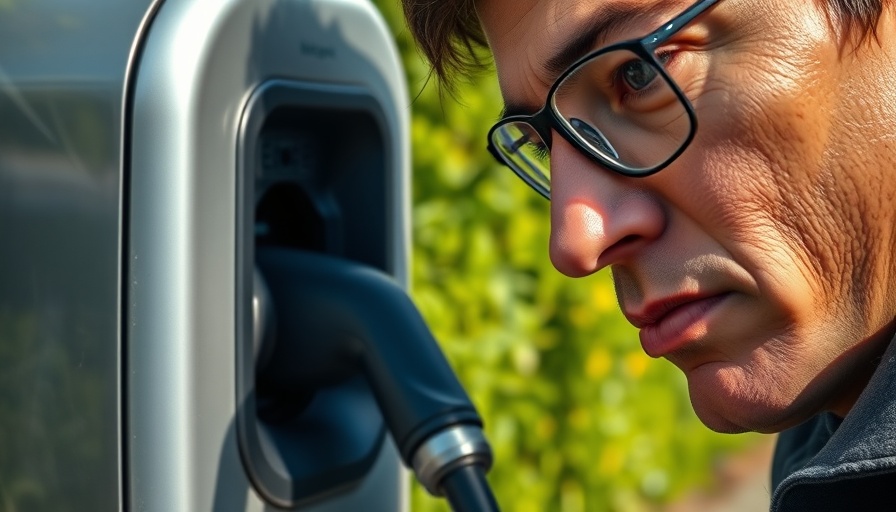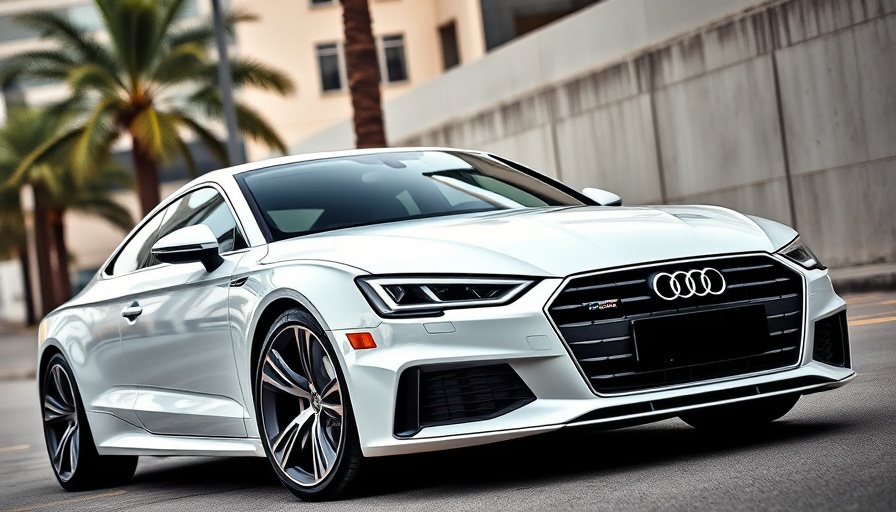
Revamping the Future: GM and Hyundai’s Strategic Partnership
In a significant strategic move, General Motors (GM) is considering re-badging commercial electric vehicles (EVs) from Hyundai for the U.S. market. This information emerged during an analyst call where Hyundai's CFO, Seung Jo Lee, indicated that this potential partnership could facilitate Hyundai's entry into North America's commercial vehicle sector. With both companies aiming to foster a mutually beneficial collaboration, this development promises to reshape the commercial EV landscape in the U.S.
The Evolution of Electric Commercial Vehicles
Hyundai has historically competed in international markets, offering a range of commercial vehicles, from buses to heavy-duty trucks. However, the U.S. market poses unique challenges, prompting the automaker to explore partnerships to establish its foothold. The evolving landscape of electric commercial vehicles opens new opportunities, especially as businesses prioritize sustainability and environmental responsibility. Hyundai's move, particularly with its Xcient Fuel Cell trucks, showcases its commitment to not only expansion but also innovation in the sector.
Potential Impact on GM’s Market Strategy
As GM moves to incorporate Hyundai's EV technology into its commercial offerings, it raises questions about the future direction of GM's own brand of electric vans, previously known under the BrightDrop brand. With a focus on leveraging Chevrolet's larger dealer network, GM aims to create a seamless integration between its existing products and Hyundai's innovative commercial solutions. This collaboration may also reinvigorate GM’s lineup, positioning it as a more competitive player in the rapidly growing EV market.
Historical Context: Lessons from Previous Collaborations
Historically, GM has explored various collaborations, including a stint selling the rebadged Nissan NV200 as the Chevrolet City Express. However, the electric version never made it to market, signaling a gap in GM’s interest in pursuing electric commercial vehicles. This current potential for re-badging Hyundai’s EVs illustrates a significant shift, as GM now appears keen to address both market demand and sustainable practices, validating the importance of adaptability in the automotive industry.
Examining Market Trends: What Lies Ahead
With the commercial EV market expected to expand dramatically in the coming years, both GM and Hyundai's collaboration could set a precedent for future partnerships. Projections show that the commercial EV market could reach billions, presenting an undeniable opportunity for both companies. By leveraging their respective strengths, GM can diversify its portfolio while Hyundai gains critical access to a lucrative market segment—benefits that may redefine the commercial vehicle hierarchy in North America.
A Conclusion on the Electric Future
This potential re-badging effort between GM and Hyundai not only symbolizes a vital pivot in the market but underscores the essential need for traditional automakers to think beyond their own products. As we navigate an age dominated by innovation and sustainability, it will be fascinating to see how these companies manage to eliminate barriers and seize emerging opportunities within the commercial EV landscape.
 Add Row
Add Row  Add
Add 




Write A Comment